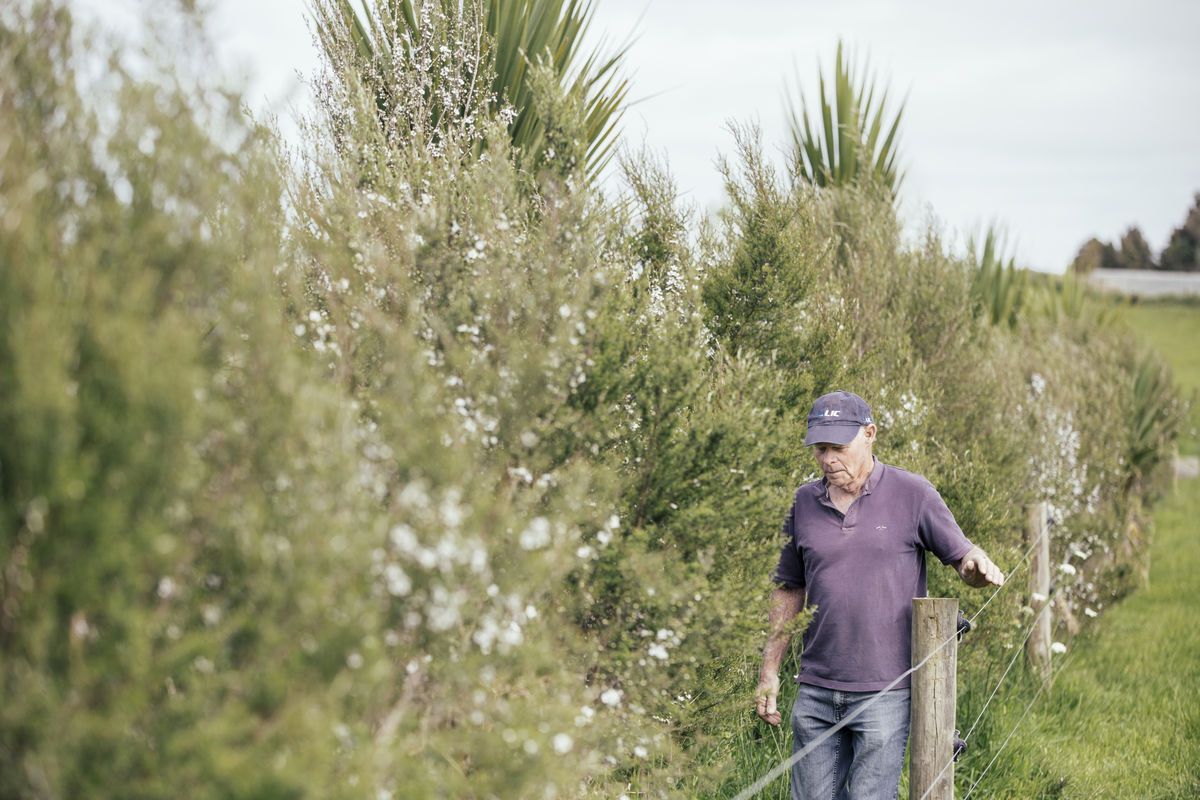
QEII National Trust Partnership
What was the project about?
In March 2016 Living Water signed an agreement with the Queen Elizabeth II National Trust (QEII) to formalise a collaborative partnership aimed at helping farmers and landowners legally protect areas of natural and cultural heritage. With almost 70% of New Zealand in private land ownership, protecting biodiversity and heritage on private land is critical to reversing the decline of indigenous biodiversity. One way to do this is by placing a QEII Covenant on areas of significant native biodiversity. Through this agreement Living Water contributed funding towards covenanting costs and helped identify and secure priority land areas for protection.
What is the QEII?
The QEII was established under the Queen Elizabeth the Second National Trust Act in 1977, to aid in conservation on private land. The purpose of the Act is “to encourage and promote, for the benefit of New Zealand, the provision, protection, preservation and enhancement of open space.” The Act establishes QEII as a statutory organisation independent from Government, and gives QEII authority to register open space covenants to protect land forever.
The Trust partners with private landowners to protect sites on their land with covenants. A covenant is an agreement between QEII and a landowner to protect land forever. The landowner continues to own and manage the protected land, and the covenant and protection stays on the land, even if the property is sold to a new owner.
There are more than 4,729 protected areas over 180,258 ha of private land, providing habitat for some of New Zealand’s rarest and most endangered biodiversity and ecosystems. Every covenant has its own particular requirements to enable it to thrive. Fencing out stock is essential and controlling pest animals such as possums, goats, deer and pigs, along with weed species, allows a diverse range of species to flourish.
What was achieved?
The project was trialled in Northland with a total of three landowners covenanting 15.5 hectares of forest remnants between 2016 and 2018. No further sites in Living Water catchments were identified for QEII protection through the project period. The formal partnership ended in June 2018 though Living Water and QEII continue to work together informally.
What was learnt from the project?
Identifying suitable sites that meet QEII criteria was more challenging than anticipated. There was also less landowner interest than expected, though the costs associated with covenanting and ongoing maintenance (such as fencing and pest control) may dissuade some landowners from covenanting. As work progresses at sites over the remaining years of the Living Water partnership, a range of mechanisms for legal protection may become more of a focus as landowners look for suitable options to legally protect areas that don’t meet the current criteria under QEII.
Concept Development
Completed in 2016
Project Implementation
Started in mid-2016, finished June 2018